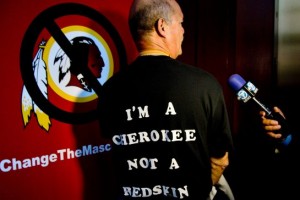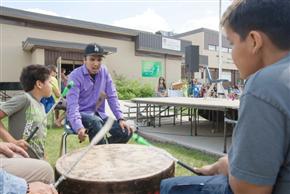Some stats comparing aboriginal education rates compared to non-aboriginal groups according to a 2011 National Household Survey conducted by Statistics Canada. It clearly shows aboriginal Canadians continuing to lag behind non-aboriginals in educational attainment, with the largest gap still at the university level. (source:http://o.canada.com/news/nhs-aboriginal-indigenous-education/).
COMPARING EDUCATION RATES
Highest level of education, aboriginals vs. non-aboriginals:
University degree
Aboriginal: 9.8 per cent
Non-Aboriginal: 25.9 per cent
College diploma
Aboriginal: 20.6 per cent
Non-Aboriginal: 21.3 per cent
Trades certificate
Aboriginal: 14.4 per cent
Non-Aboriginal: 12.1 per cent
High school
Aboriginal: 22.8 per cent
Non-Aboriginal: 23.2 per cent
No certificate, diploma or degree
Aboriginal: 28.9 per cent
Non-aboriginal: 12.1 per cent
A segment from the The Agenda with Steve Paikin, discusses with a panel of advisors on the issue of aboriginal education based on Statistics Canada, 2006 census. https://www.youtube.com/watch?v=2DZC5Cezs1o. What caught my attention the most was aboriginals who attained university degree’s showed employment rates virtually at parity compared to their non-aboriginal counterparts.


